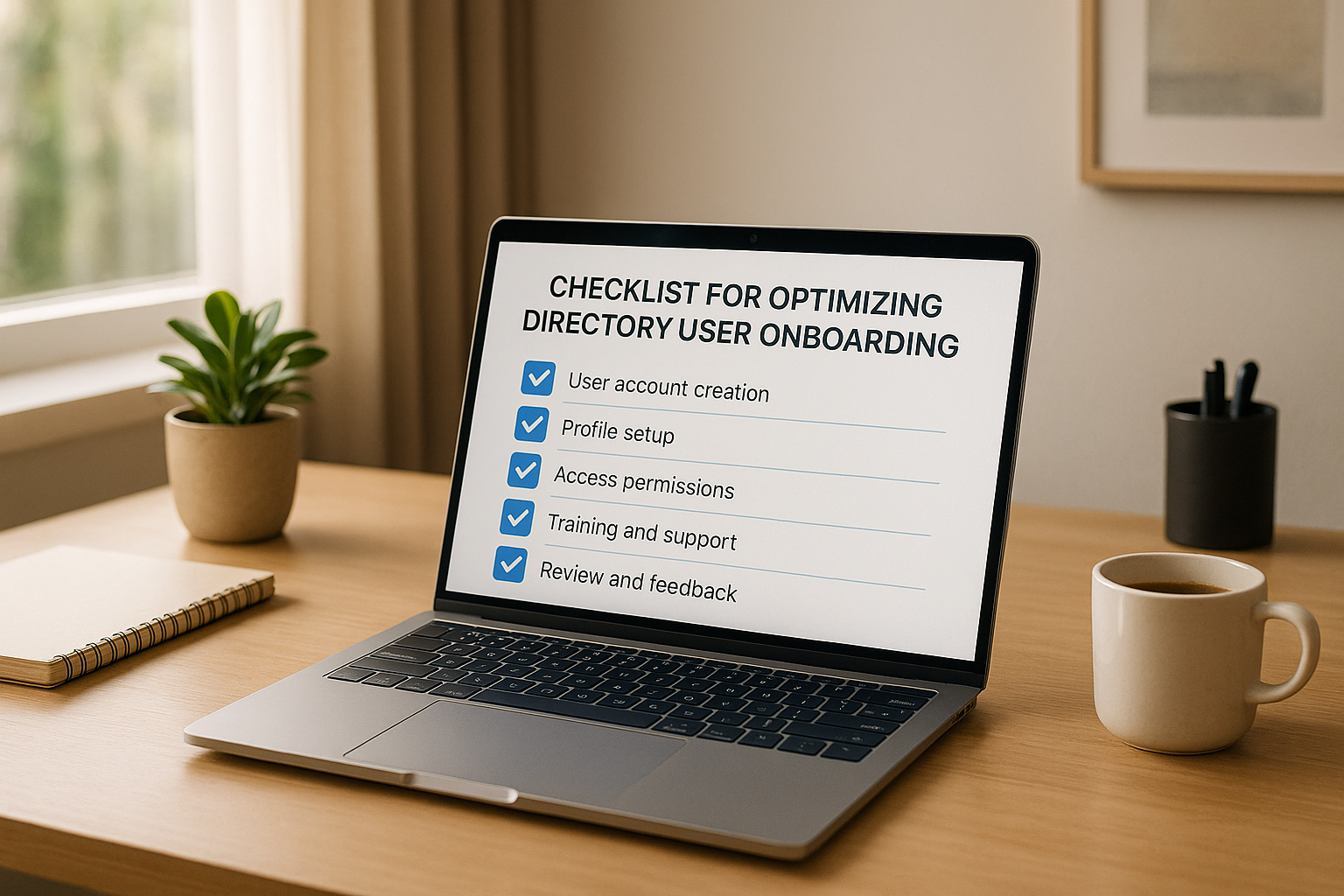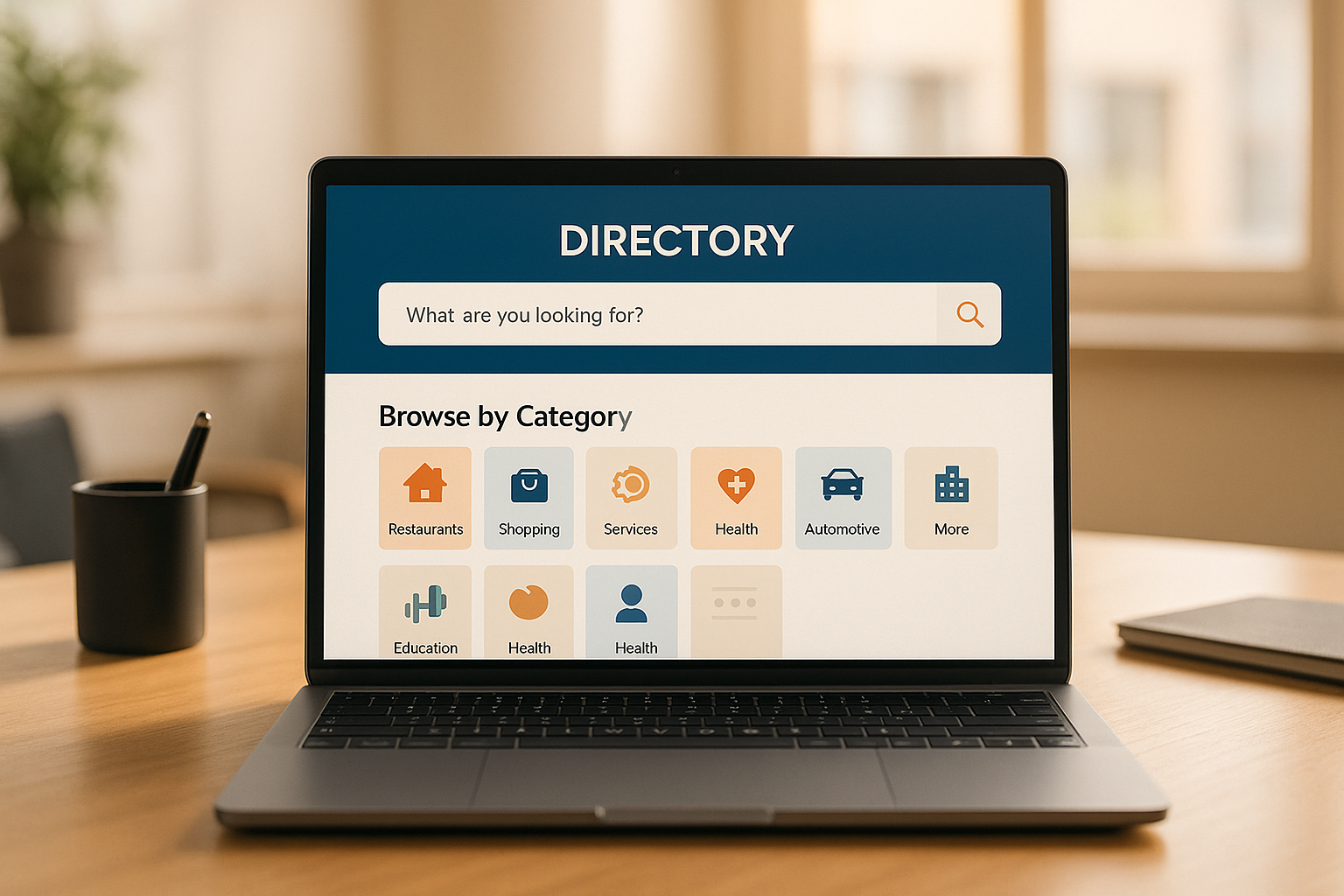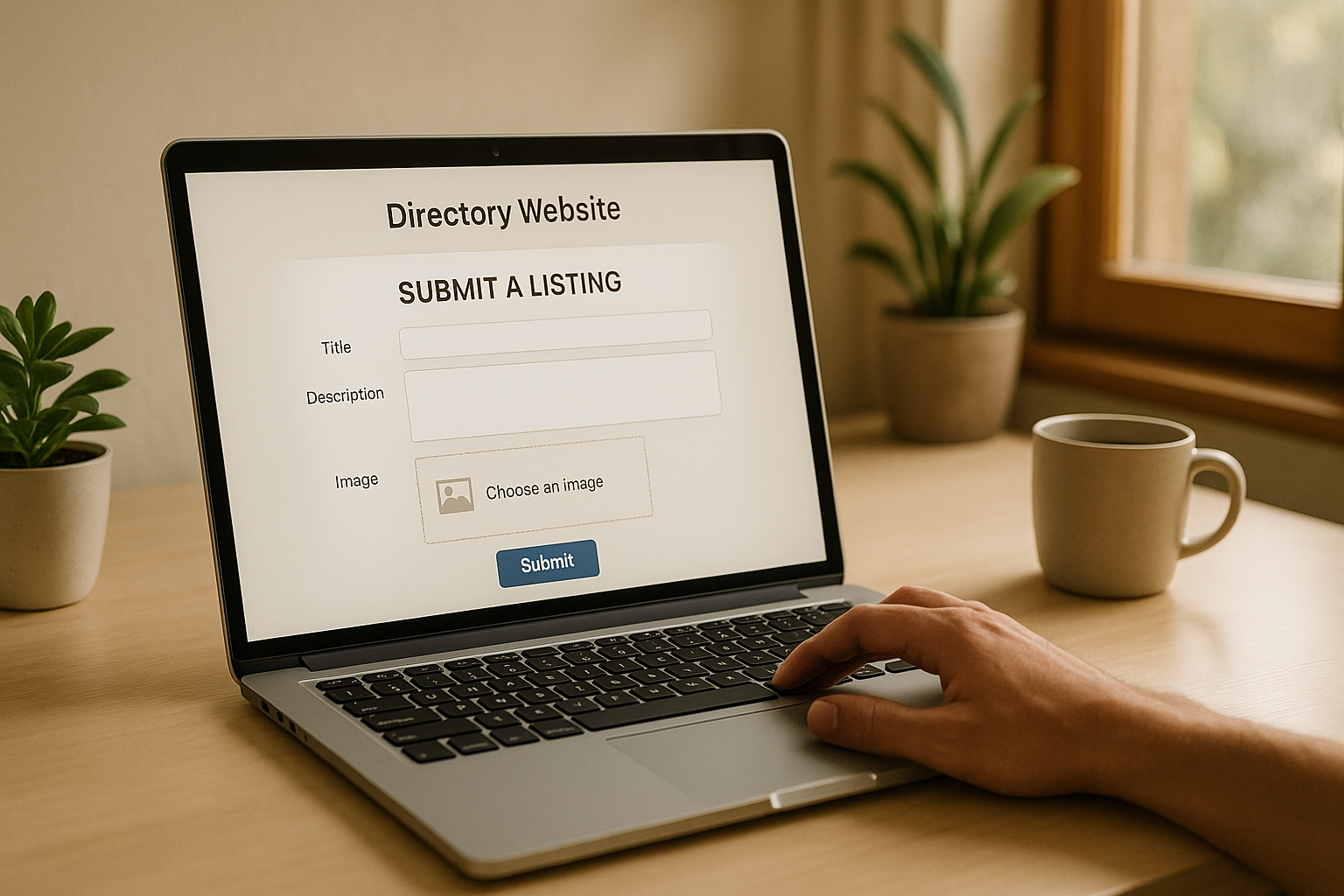
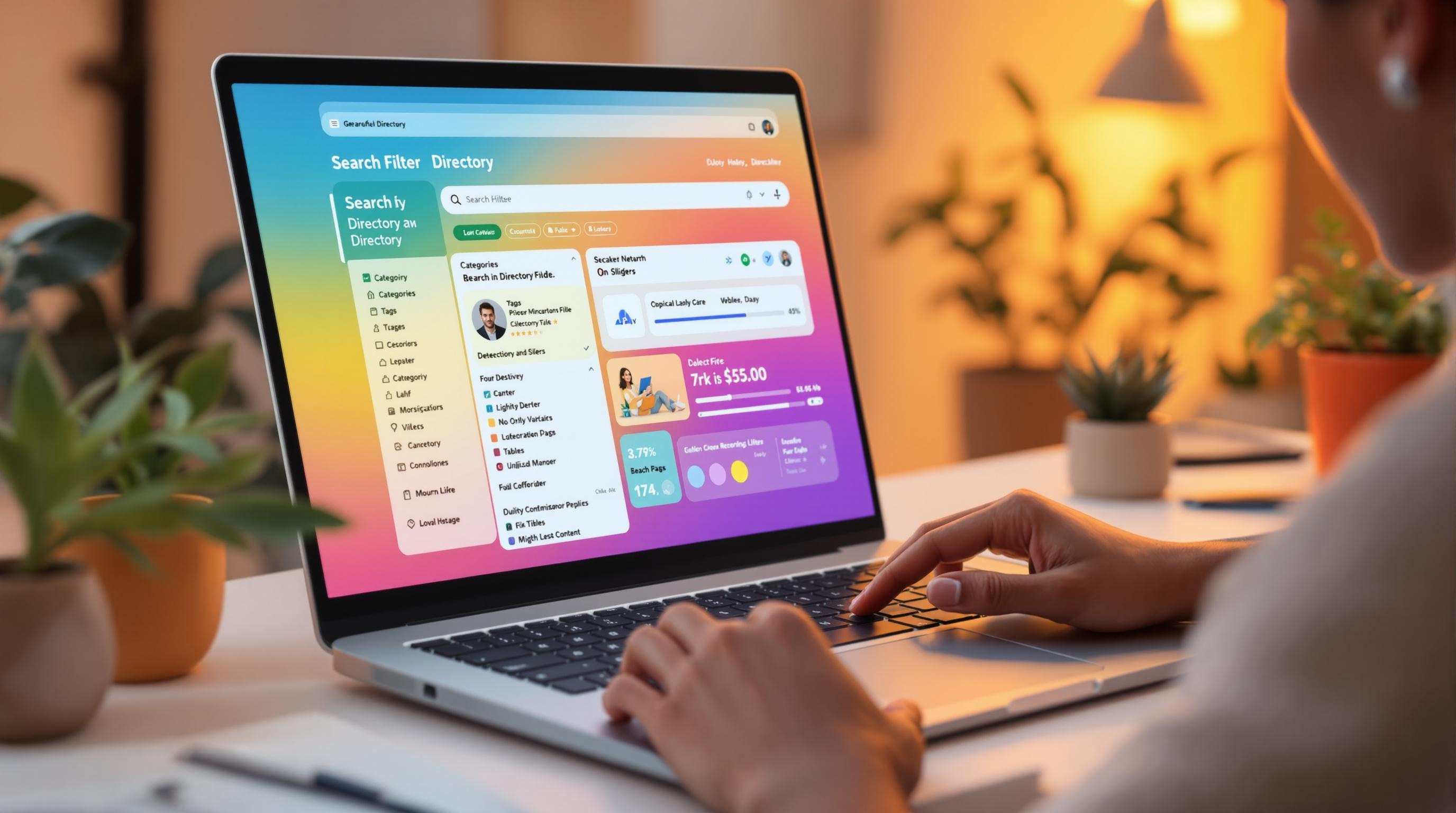
Search filters make it easier for users to find exactly what they need by refining large sets of information into manageable, relevant results. They improve usability by:
For example, travel sites use filters for experiences, price ranges, and locations. Product directories include filters for price, brands, and features. Filters also adapt to user behavior with tools like dynamic updates and range sliders, ensuring a seamless experience.
Search filters are essential for improving navigation, saving time, and enhancing user satisfaction on directory websites.
Directory websites use filters to make their platforms easier to navigate and more user-friendly. These tools simplify content discovery, helping users find what they need quickly and efficiently.
Filters allow users to sort through large collections of listings with ease. For instance, a sports directory might let users narrow down options by surface type, lighting, and amenities. This targeted search eliminates irrelevant results and ensures users can pinpoint exactly what they’re looking for.
A great example is Safari-List.com, which offers travel filters like:
| Category | Options |
|---|---|
| Experience | Wildlife viewing, photography, bird watching |
| Duration | 3-day, 7-day, 14-day tours |
| Price Range | $1,000-$2,500, $2,500-$5,000, $5,000+ |
| Location | Tanzania, Kenya, South Africa |
These filters make it easy for users to customize their travel plans without getting overwhelmed by too many choices.
Filters don’t just simplify navigation - they also encourage quicker decision-making. By cutting down search time, they keep users engaged and help them take action more efficiently. For example, Best for Grounding, a directory for earthing products, uses filters to let users refine their search by:
This structured system helps users make informed decisions faster, boosting interaction with the listings.
Filters are especially useful for organizing massive directories. Pro Link Builders, a directory for SEO professionals, uses filters to help users sort through service providers by specialization, experience level, and project scope.
Similarly, Sell Test Strips, a platform for diabetic supply buyers, uses filters to manage its complex directory. Users can sort by:
| Type | Purpose |
|---|---|
| Location Based | Find nearby buyers |
| Payment Methods | Sort by preferred payment options |
| Accepted Brands | Filter by specific test strip manufacturers |
| Purchase Volume | Match with buyers based on quantity |
These filtering systems ensure that even large and complex directories remain easy to navigate, creating a smooth experience for users as the platform grows.
Search filters make navigating directories easier and more efficient. Here's a breakdown of how different filters work together to improve usability:
These are the basic filters that help users narrow down their search quickly:
| Filter Type | Purpose | Common Uses |
|---|---|---|
| Location | Focuses on specific areas | City, state, zip code, or radius searches |
| Price Range | Filters by budget | Predefined ranges (e.g., $0–$50, $51–$100) |
| Category | Organizes content | Main categories and subcategories |
| Rating | Measures quality | Star ratings (e.g., 1–5 stars) |
| Date | Filters by time | Posted dates or availability dates |
These filters help users find what they need without wasting time.
For more control, advanced filters provide additional functionality:
These tools give users greater flexibility when refining their search.
Some filters go a step further to improve interaction and relevance:
Configuring search filters properly can boost user interaction and make browsing more efficient.
Clear labels make it easier for users to find what they’re looking for. Aim for labels that are straightforward and easy to understand:
| Label Type | Good Example | Poor Example |
|---|---|---|
| Category Names | "Home & Garden" | "Category 1" |
| Price Ranges | "$0 - $100" | "Price Tier A" |
| Location | "Within 10 miles" | "Proximity" |
| Date Filters | "Last 30 days" | "Time period" |
Stick to short, familiar terms. For instance, use "Price" instead of something like "Monetary Value Range."
Since many users browse on their phones, filters should be mobile-friendly. Design them to be touch-responsive (minimum size of 44x44 pixels) and use collapsible panels to save screen space. Highlight user actions with clear visual feedback, such as distinct colors or icons.
Expandable sections can help organize filters without cluttering the screen. Another option is a dedicated "Filter" button that opens a full-screen menu, making it easier to navigate on smaller devices.
Fast, responsive filters keep users engaged. Here are some ways to improve performance:
For real-time updates, using platforms that handle performance efficiently can make a big difference. For example, Directify takes care of hosting and optimization, ensuring filters update smoothly without slowing down the site. Next, we’ll look at how Directify simplifies filter integration for directory websites.
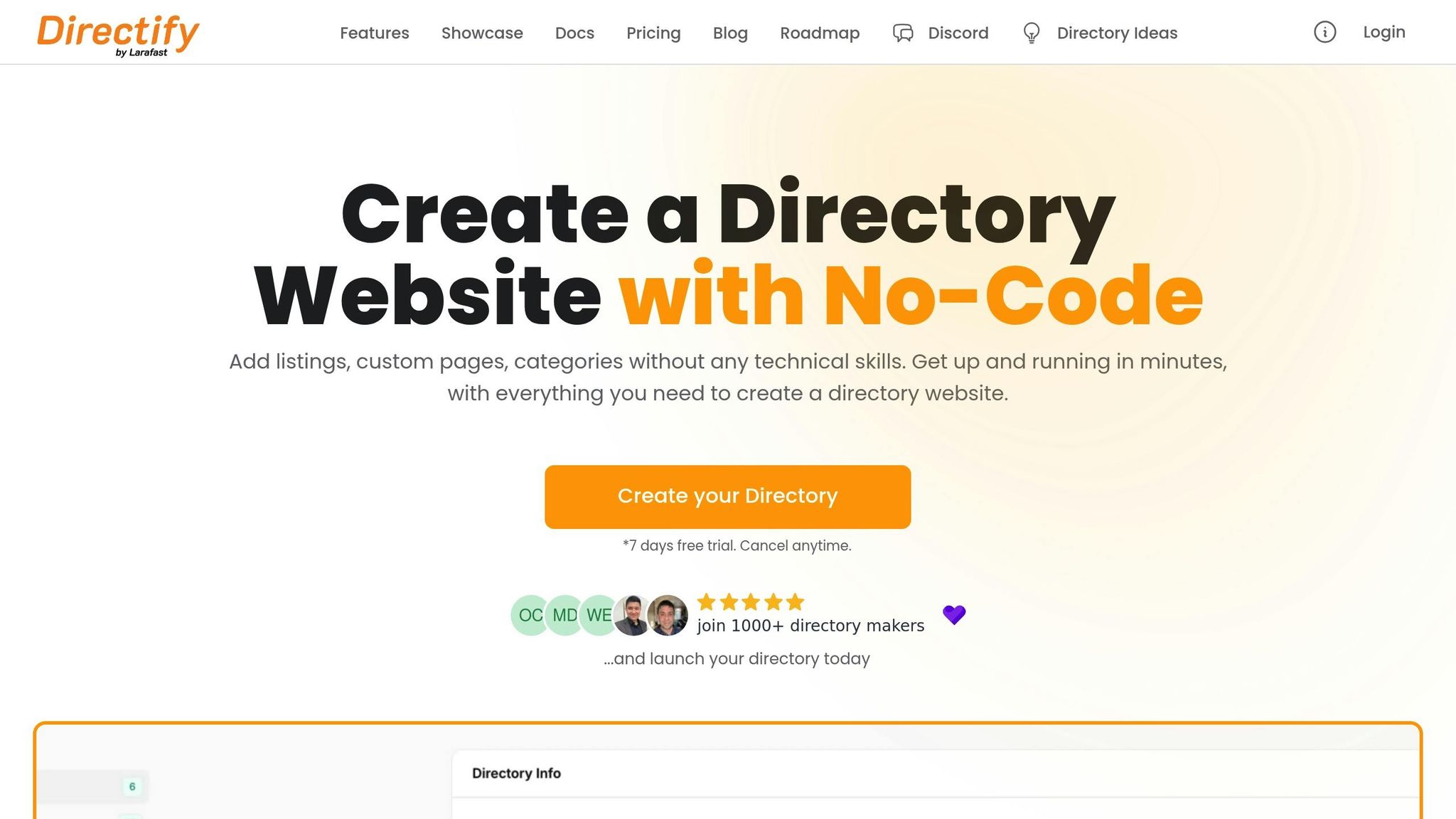
Directify makes it easy to add search filters, helping users find what they need faster.
Pick filters that suit your directory's purpose and audience. Here are some factors to consider:
With Directify's no-code directory builder platform, adding filters is straightforward. Use these tips to create an effective search experience:
| Filter Type | Best Practice | Example |
|---|---|---|
| Categories | Organize with clear levels | Main Category → Subcategory |
| Price Ranges | Use logical groupings | $0–$50, $51–$100, $101–$250 |
| Location | Offer multiple choices | City, State, ZIP code |
| Custom Fields | Tailor to specific needs | Square footage for real estate |
After setting up, keep an eye on how the filters perform and adjust as needed to improve usability.
Directify helps ensure filtered results are visible in search engines. To enhance filter performance, focus on these areas:
Regularly review how users interact with your filters. This helps you fine-tune the experience and make your directory even more user-friendly.
Product directories rely on tailored filters to help shoppers find items quickly. For example, in electronics categories, filters often include:
| Filter Type | Common Options | User Benefit |
|---|---|---|
| Price Range | $0-$299, $300-$599, $600+ | Helps users sort by budget |
| Brand | Apple, Samsung, Sony | Targets brand preferences |
| Features | Screen size, RAM, Storage | Matches technical specifications |
| Availability | In stock, Pre-order | Highlights immediate options |
Job directories, on the other hand, focus on filters that connect candidates with relevant positions. These include:
This level of filtering is equally beneficial in other areas like real estate and business directories.
Real estate directories need detailed filters to handle the complexity of property searches. Common property filters include:
| Property Filter | Options | Purpose |
|---|---|---|
| Property Type | Single-family, Condo, Multi-unit | Helps categorize properties |
| Square Footage | 1,000-2,000 sq ft, 2,001-3,000 sq ft | Meets size requirements |
| Amenities | Pool, Garage, Garden | Focuses on lifestyle features |
| Year Built | Pre-1980, 1980-2000, 2000+ | Matches age preferences |
For business directories, location-based filters are essential for connecting users to nearby services. Key examples include:
Combining filters - like distance, cuisine type, and price range - creates a seamless experience, especially in restaurant searches.
Search filters are key to making directory sites easy to use and efficient. To get it right, focus on creating filters that are simple to understand, offer the right options, and work smoothly on any device.
Key points to prioritize:
These practices tie back to the advantages discussed earlier. If you're a directory owner looking for a no-code solution to enhance search functionality, Directify simplifies the process of adding and managing filters. Regularly updating your filters based on user feedback ensures they stay effective as your directory grows.
Start creating your professional directory website today with Directify's no-code platform.
Get Started Free
